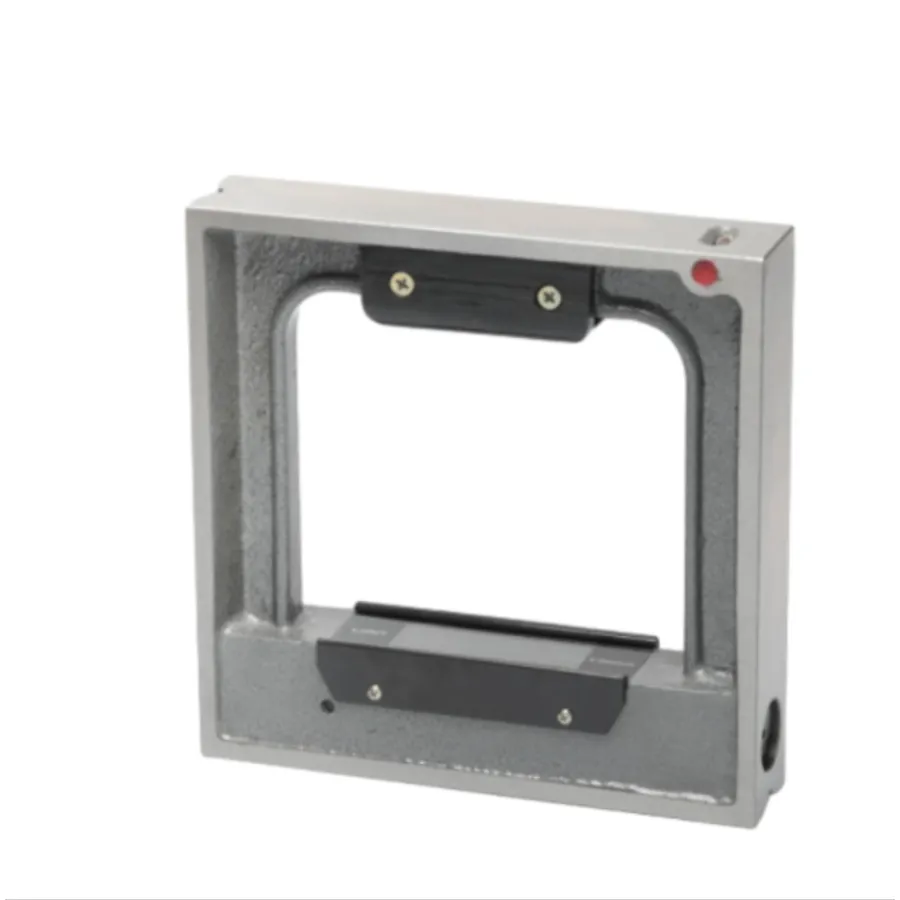Nov . 16, 2024 03:34 Back to list
cast steel check valve
Understanding Cast Steel Check Valves A Comprehensive Overview
Cast steel check valves play a crucial role in various industrial applications by allowing fluid flow in one direction while preventing backflow. These valves are essential components in systems involving liquids and gases, such as water treatment plants, oil refineries, and chemical processing facilities. In this article, we will explore the construction, working principles, advantages, and applications of cast steel check valves.
Construction and Design
Cast steel check valves are manufactured from high-quality carbon or alloy steel that provides excellent strength and durability. The process of casting involves pouring molten steel into a mold to form the desired shape, which can include various designs like swing, lift, or piston check valves. These designs dictate how the valve operates and the specific applications it is best suited for.
The valve typically consists of several key components
- Body The main structure that houses the internal components. - Disc or Ball This is the moving part that opens and closes to regulate fluid flow. - Seat The surface that the disc rests against to form a seal when the valve is closed. - Hinge or Spring Mechanism In swing check valves, a hinge allows the disc to pivot, while in lift check valves, a spring assists in the opening and closing of the valve.
Working Principles
The primary function of a check valve is to prevent backflow in a piping system. When fluid flows in the designated direction, the pressure pushes the disc or ball away from the seat, allowing fluid to pass through. If the flow reverses, the pressure decrease or back pressure causes the disc to return to its original position, sealing off the flow path. This automatic operation means that check valves do not require external control mechanisms, making them reliable and easy to maintain.
There are two main types of cast steel check valves swing and lift. Swing check valves use a hinged disc that swings open and closed, while lift check valves have a disc that moves vertically up and down within the body. The choice between these types generally depends on the specific application and the nature of the fluid being transported.
Advantages of Cast Steel Check Valves
cast steel check valve

1. Durability Cast steel check valves are highly resistant to wear and tear, making them suitable for use in demanding environments. 2. Temperature and Pressure Tolerance These valves can operate effectively in high-temperature and high-pressure conditions, making them ideal for use in industries such as oil and gas.
3. Comprehensive Sealing The design of cast steel check valves ensures a tight seal, minimizing the risk of leakage and backflow.
4. Low Maintenance With fewer moving parts compared to other types of valves, check valves require less frequent maintenance, resulting in lower operational costs.
5. Versatility Cast steel check valves can be used in a wide range of applications, from water systems to various industrial processes.
Applications
Cast steel check valves are widely used in numerous industries due to their reliability and robustness. Some common applications include
- Water and Wastewater Treatment These valves help control the flow of water in treatment plants and sewer systems, preventing contamination. - Oil and Gas In pipelines and refineries, check valves protect equipment and maintain pressure consistency. - Chemical Processing These valves regulate the flow of various chemicals, ensuring safety and efficiency in the production process. - Power Generation Used within power plants, check valves help manage steam and cooling systems.
Conclusion
In conclusion, cast steel check valves are vital components in various industrial applications, providing a reliable means of controlling fluid flow and preventing backflow. With their durable construction, ease of maintenance, and versatility, these valves are an essential choice for engineers and operators in numerous sectors. Understanding their design and working principles can greatly enhance the efficiency and safety of fluid systems, ensuring successful operations across industries.
-
Y Type Strainer Maintains System Efficiency Long TermNewsJul.15,2025
-
Valve Selection Guide for Industrial ApplicationsNewsJul.15,2025
-
Steel Fab Table Provides Durable Work Surface for WeldingNewsJul.15,2025
-
Pad Iron Provides Stable Support for Heavy MachineryNewsJul.15,2025
-
One Inch Check Valve Fits Standard Plumbing SystemsNewsJul.15,2025
-
Measuring Micrometer Ensures Precise Dimensional AccuracyNewsJul.15,2025
Related PRODUCTS









